Polypropylene Baler Twine
Baler twine, also known as agricultural twine or farming twine, is a type of synthetic twine primarily used in the agricultural industry for baling crops, such as hay and straw. It is commonly made from polypropylene, a versatile and durable polymer.
Polypropylene twine is chosen for its excellent strength-to-weight ratio, making it ideal for heavy-duty applications. It exhibits high knot strength, ensuring secure and reliable bale tying. The twine is designed to withstand the rigors of baling machinery, including round balers and square balers, commonly used in the farming sector.
One of the notable features of baler twine is its resistance to ultraviolet (UV) radiation. UV-resistant twine is specifically engineered to withstand prolonged exposure to sunlight without significant degradation, ensuring long-lasting performance even when exposed to outdoor conditions.
Manufacturers of baler twine understand the importance of high-strength requirements in the agricultural industry. Therefore, they produce twines with high tensile strength, capable of withstanding the heavy pressure exerted during baling. This characteristic is crucial in ensuring that bales remain intact during storage, transport, and handling.
Baler twine is widely used as a baling supply for packaging purposes in the agricultural sector. It provides a reliable and efficient method for bundling and securing hay and straw bales, allowing for convenient storage and transportation.
The availability of different variations of baler twine, such as large square baler twine and small square baler twine, caters to the diverse needs of farmers and agricultural professionals. These variations accommodate different types of baling machinery and bale sizes, providing flexibility in the baling process.
In summary, baler twine is a versatile and essential component in modern agriculture, offering high strength, UV resistance, and knot durability. Its use in baling crops contributes to efficient and effective farming practices, facilitating the storage, transport, and preservation of agricultural commodities.

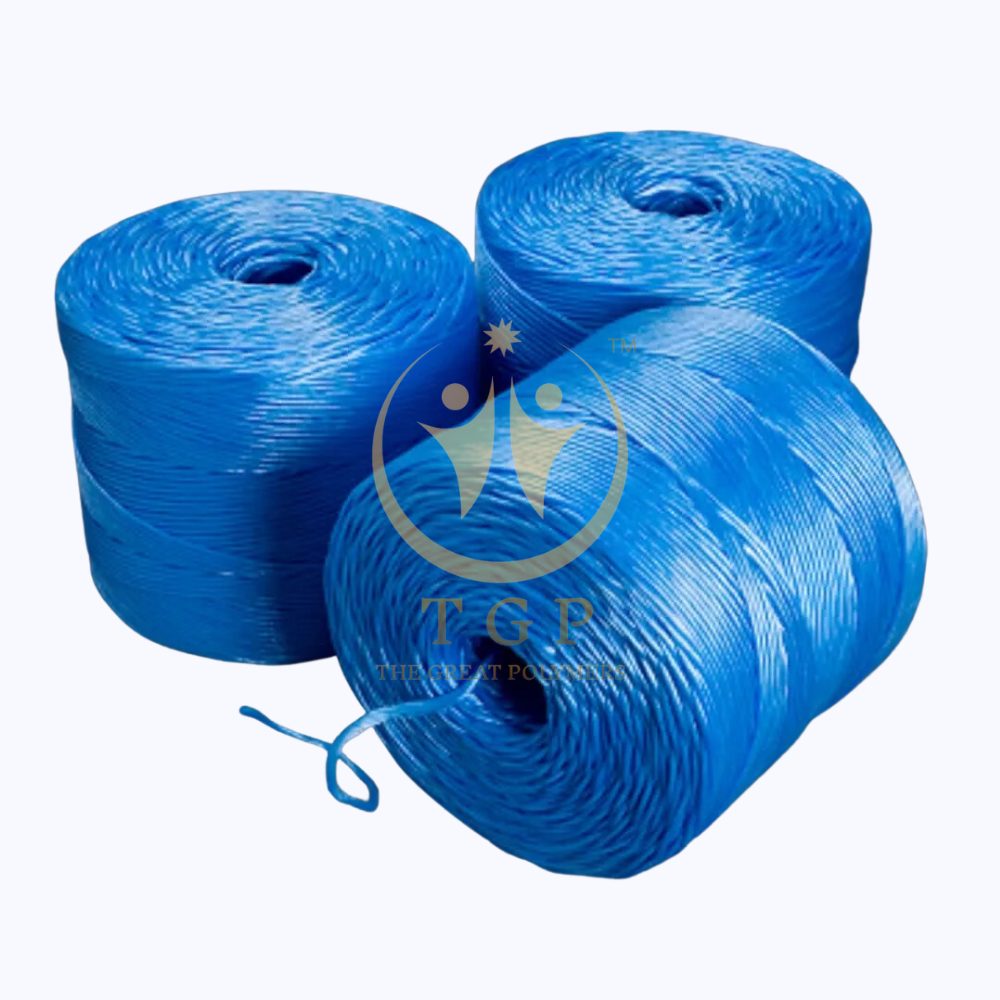

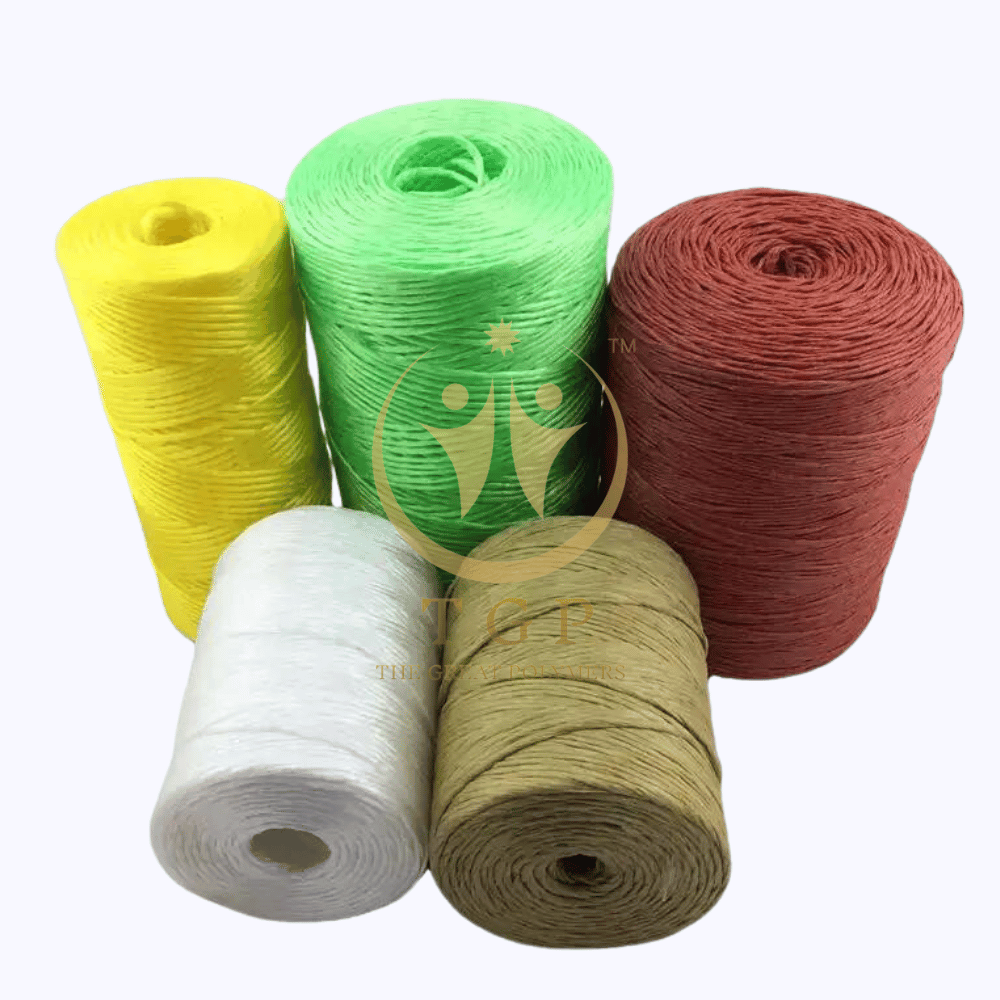
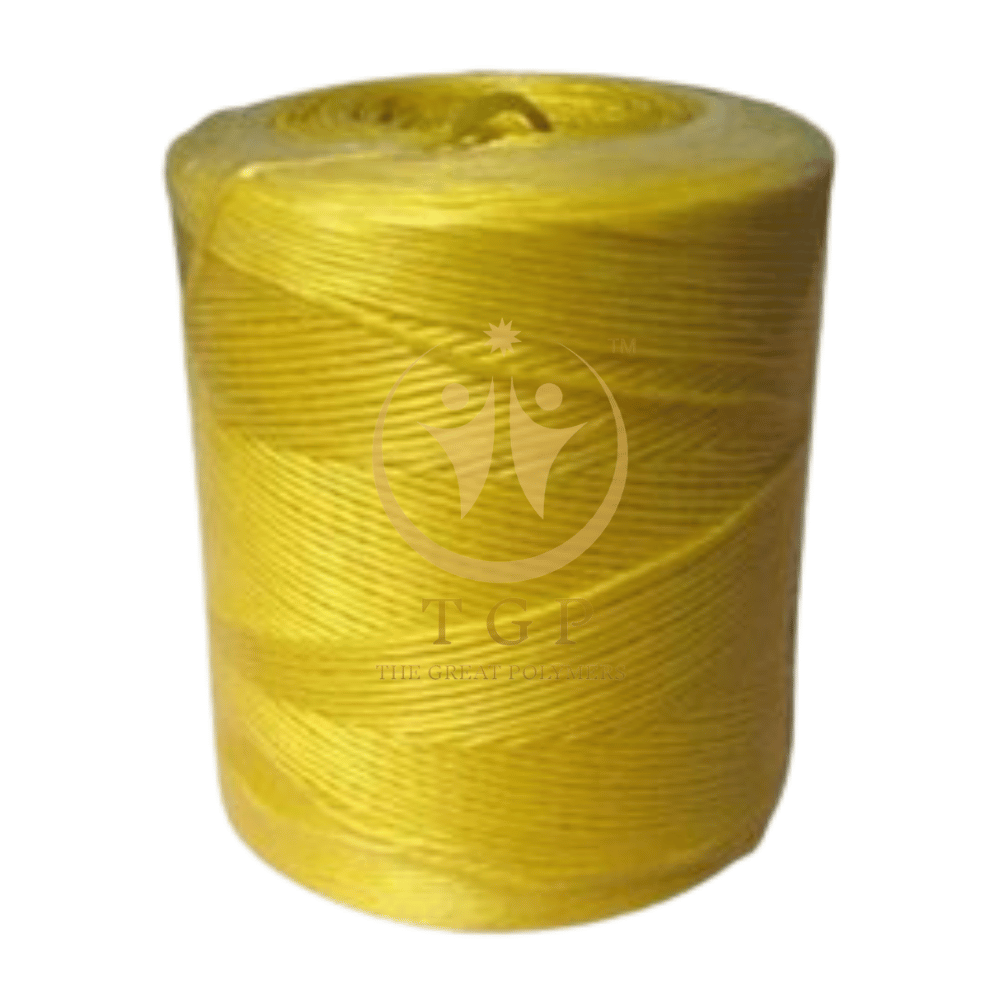
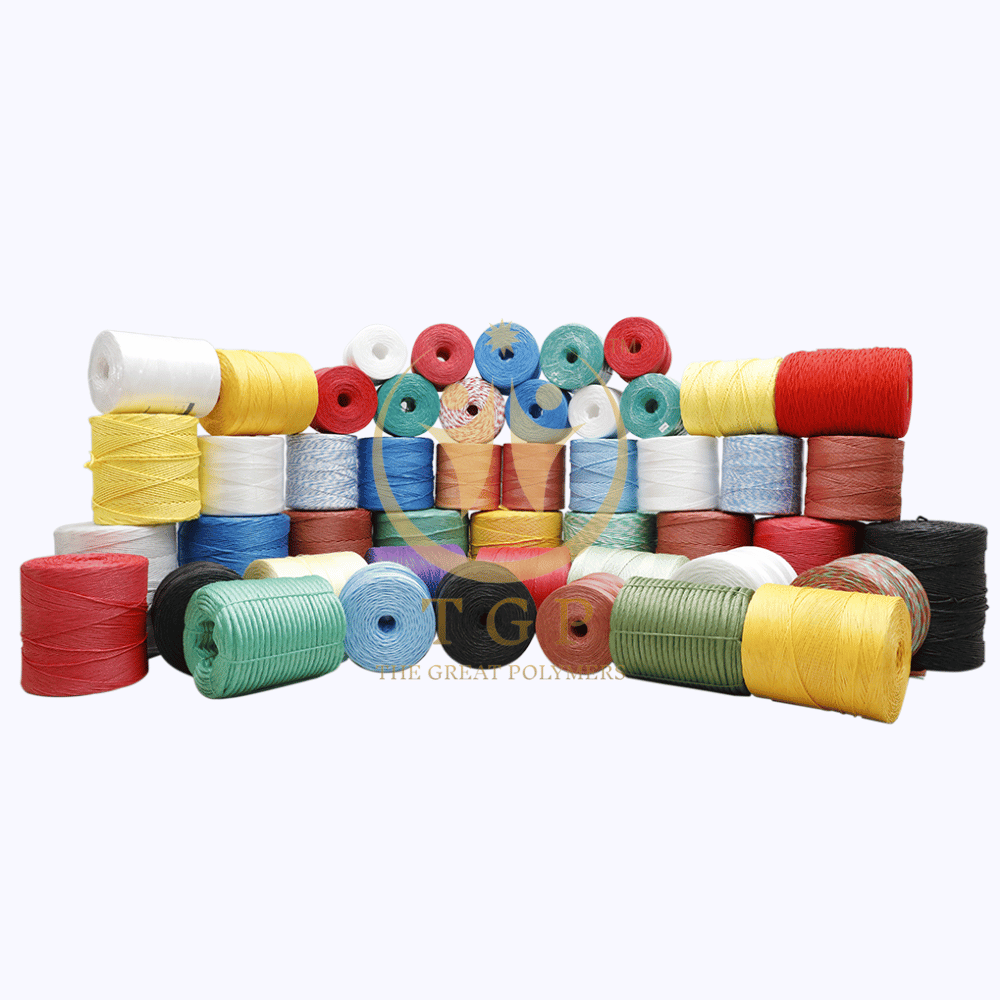




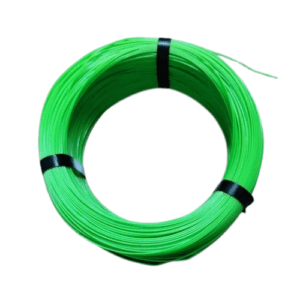
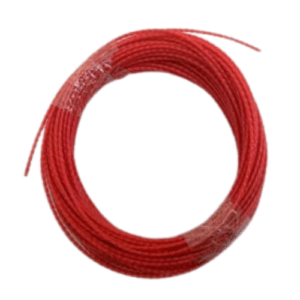


Reviews
There are no reviews yet.